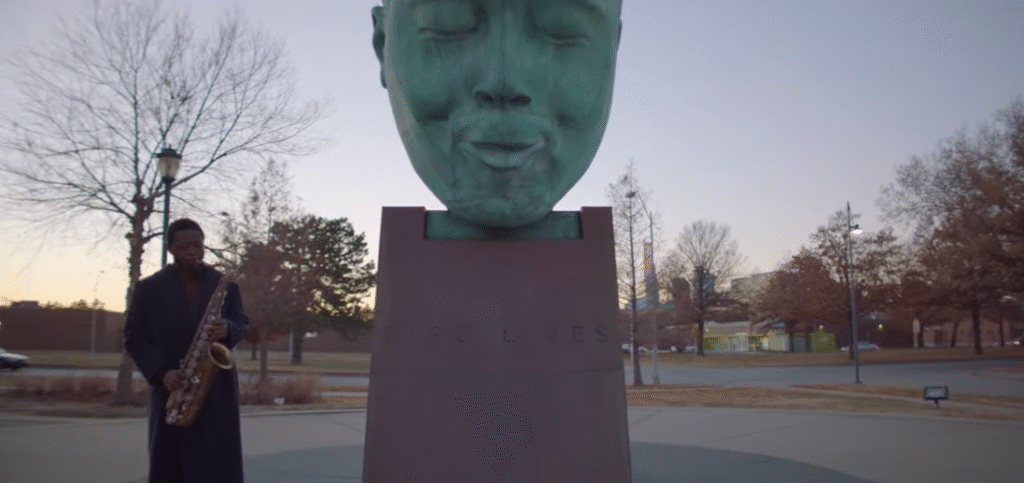Kansas City has transformed its image, moving past the dismissive label of “flyover” to become a city teeming with urban vitality and creative confidence. Its change has been incredibly successful, not only because of development initiatives but also because the city has rooted its advancement in connection, culture, and community.
The shift started with a purpose. Entrepreneurs and city officials realized that people and place are where reinvention starts, not skyscrapers. By making bold investments, Kansas City transformed from a place to visit to a destination, developing a culture that is both classic and modern. Walking around the Crossroads Arts District, where old warehouses have been transformed into hip studios, rooftop bars, and boutique hotels, makes its rebirth very evident. Because of the artists and businesspeople who are fusing creativity and commerce, the district feels vibrant.
The most enduring pulse of Kansas City is still music. In the neighborhood of 18th & Vine, where jazz isn’t history but rather heritage in motion, the sounds of Count Basie and Charlie Parker can still be heard. Locations like the Mutual Musicians Foundation and the Green Lady Lounge demonstrate how the city’s musical heritage has endured remarkably, evolving into a living soundtrack that captures its essence. It is especially advantageous that its jazz heritage is being preserved because it lends Kansas City’s contemporary scene a depth and genuineness that many other cities can only mimic.
Food has also influenced the rise of the city. Slow-smoked, boldly seasoned, and served with unwavering pride, Kansas City barbecue continues to be its signature dish. Beyond the sauce and smoke, however, a new generation of chefs has brought about innovation that is both sophisticated and grounded. Both local restaurateurs and James Beard nominees have welcomed experimentation, serving everything from menus inspired by other cultures to sophisticated Southern cuisine. As a result, the culinary scene is highly adaptable and appeals to both locals and tourists.
Kansas City, Missouri – City Snapshot
| Category | Details |
|---|---|
| City | Kansas City, Missouri |
| Population | About 515,000 in the city; metro area over 2.2 million |
| Nicknames | The “City of Fountains”, longtime jazz hub |
| Signature Culture | Barbecue traditions, jazz heritage, revitalised downtown & arts scene |
| Key Developments | New airport terminal, riverfront stadium district, streetcar expansion |
| Reference | https://www.visitkc.com |

Much of this progress has been supported by urban planning. The city has significantly improved community connections by utilizing smart transit expansion and infrastructure improvements. A fitting entrance for a city that is no longer willing to be ignored, the new $1.3 billion airport terminal is streamlined, easily accessible, and proudly modern. Concurrently, the expansion of streetcars has been extremely effective, connecting communities that were previously divided by antiquated road systems. The social and creative connectivity that has transformed Kansas City’s energy is reflected in this physical connectivity.
The downtown area has become a hive of activity. Once dominated by office buildings, it now thrives on mixed-use vitality, with young professionals occupying restored lofts and live music blending with evening markets. Because it strikes a balance between cultural endurance and economic renewal, the urban core feels remarkably resilient. Luminary Park and the new riverfront district are two examples of public areas that have greatly improved livability and demonstrate a sense of civic pride that permeates every block.
Kansas City’s identity has taken on a new dimension thanks to sports. The Kansas City Current, the first professional women’s team with a stadium built specifically for them, shows how progress can be deeply symbolic, while the Chiefs’ Super Bowl victories elevated the city’s voice on a worldwide scale. These teams foster unity, visibility, and optimism in addition to winning games. They have had a particularly creative impact on civic confidence by fusing community empowerment with athletic achievement.
This cultural crescendo has been shaped in part by architecture. While preservation initiatives throughout the Plaza and Union Station demonstrate respect for history, landmarks such as the Kauffman Center for the Performing Arts gleam with elegance. Modern yet grounded, the contrast between futuristic design and historic revival feels well-balanced. Kansas City is charming because of this dichotomy, which serves as a reminder to both locals and tourists that development and preservation can coexist peacefully.
Additionally, new platforms for cultural storytelling have emerged. The public is shown the city’s creative identity through exhibitions at the Nelson-Atkins Museum and documentaries like “Sounds of the City.” The city’s rhythm is being carried internationally by artists such as Tech N9ne, Lonnie McFadden, and Kelly Hunt, who have become ambassadors of its rebirth. It resonates across state lines and establishes Kansas City as a creative powerhouse. The cultural output feels much faster and more daring.
One of the most unexpectedly potent drivers of this renaissance is still affordability. Kansas City provides balance, opportunity, and space in contrast to coastal cities. Low costs, strong community involvement, and a large talent pool from nearby universities make it an especially alluring ecosystem for entrepreneurs. Not because they have to, but because they want to, young families, artists, and innovators are relocating there. The city’s newfound appeal is amply demonstrated by that migration.

